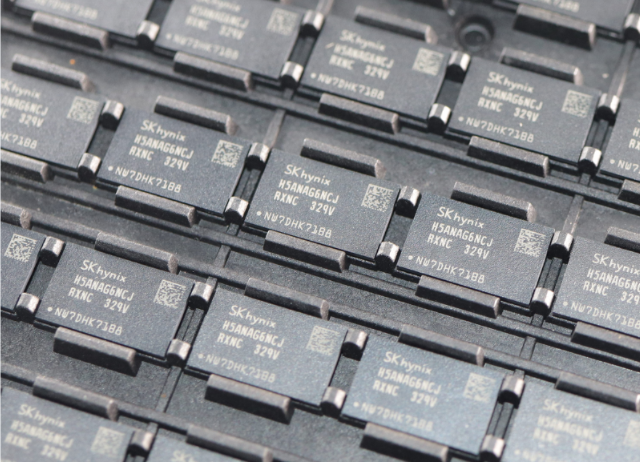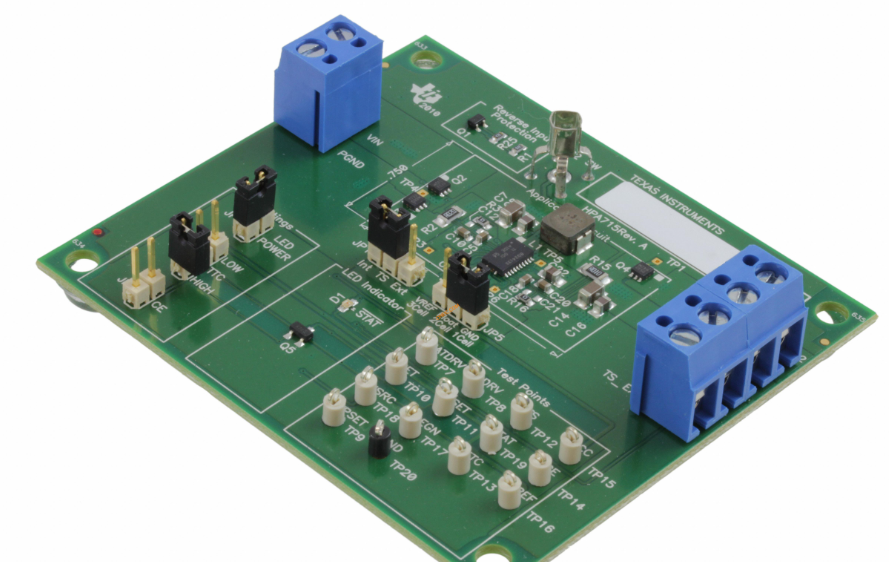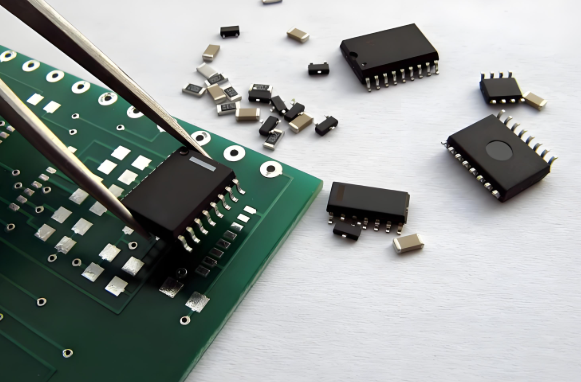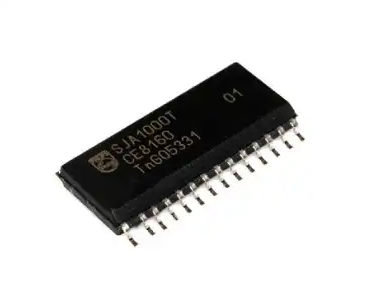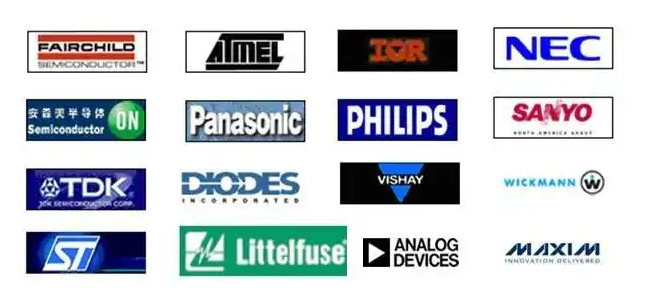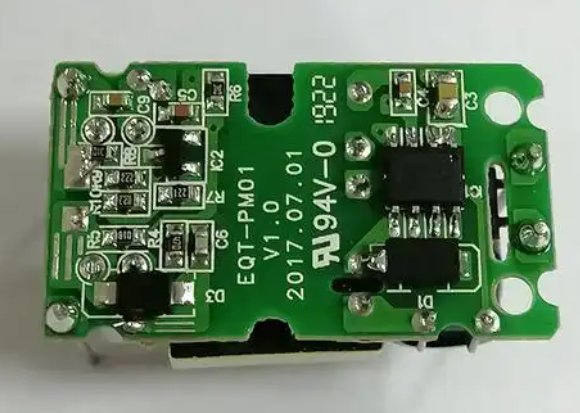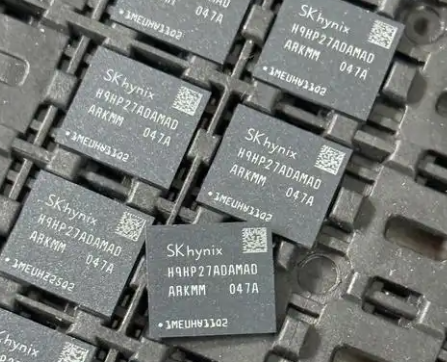Encyclopedia of Domestic Electronic Components Brands: Your Ultimate Guide
Introduction
In the intricate world of electronics, components are the fundamental building blocks that bring devices to life. From the smartphone in your pocket to the industrial machinery powering modern manufacturing, each relies on a vast ecosystem of resistors, capacitors, integrated circuits (ICs), connectors, and more. While global giants often dominate headlines, a robust and rapidly evolving landscape of domestic electronic components brands is crucial for supply chain resilience, innovation, and cost-effective manufacturing. Navigating this complex market, however, can be a daunting task for engineers, procurement specialists, and hobbyists alike. This is where a comprehensive resource becomes invaluable. This article serves as a guide to understanding the importance of domestic brands and introduces a powerful tool for discovery: the concept of a specialized encyclopedia or platform dedicated to cataloging these vital players. We will explore the key segments of the market and highlight how resources like ICGOODFIND are revolutionizing the way industry professionals source components by providing detailed, searchable databases of domestic suppliers.

The Rise and Strategic Importance of Domestic Electronic Component Brands
The global electronics supply chain has learned hard lessons from recent disruptions, including trade tensions and pandemics. This has catalyzed a significant shift towards strengthening domestic manufacturing capabilities. Domestic electronic components brands are no longer just alternatives; they are strategic assets.
First, domestic brands enhance supply chain security and stability. Relying solely on international suppliers introduces risks related to geopolitical instability, logistics bottlenecks, and import tariffs. By cultivating a strong base of local manufacturers, companies can reduce lead times, mitigate disruption risks, and gain greater control over their inventory. This proximity allows for more responsive communication and quicker resolution of technical or quality issues, fostering a collaborative environment between designer and supplier.
Second, domestic brands are often at the forefront of customization and niche applications. While multinational corporations may focus on high-volume, standardized parts, domestic manufacturers can be more agile. They are frequently better positioned to work closely with local clients to develop custom-tailored solutions for specific regional needs or specialized industries. This flexibility is a significant competitive advantage, enabling innovation in sectors such as telecommunications, automotive electronics, and green energy solutions that may have unique local requirements.
Finally, supporting domestic brands fuels local economies and technological sovereignty. A thriving domestic components industry creates high-skilled jobs, stimulates related sectors, and reduces a country’s dependence on foreign technology. This is not about isolationism but about building a balanced and resilient technological ecosystem that can compete on a global scale. Governments worldwide are recognizing this, implementing policies and incentives to support the growth of their local semiconductor and electronic components industries.
Navigating the Segments: A Look at Key Domestic Brand Categories
A true “encyclopedia” of domestic electronic components would be vast, covering numerous specialized categories. Understanding these segments is key to appreciating the diversity and depth of the market.
1. Active Components: The Brains of the Operation This category includes components that can control electron flow, such as semiconductors. Domestic brands in this space are increasingly critical. * Integrated Circuits (ICs): This is the most technologically intensive segment. Domestic brands may focus on microcontrollers (MCUs), power management ICs (PMICs), analog-to-digital converters (ADCs), and sensors. While leading-edge processors are dominated by a few global players, there is immense opportunity in producing reliable, cost-effective ICs for consumer electronics, Internet of Things (IoT) devices, and industrial controls. * Discrete Semiconductors: This includes transistors, diodes, and thyristors. Domestic manufacturers have made significant strides in producing high-quality discrete components that meet international standards. These are essential for power regulation, switching, and amplification in virtually every electronic device.
2. Passive Components: The Unsung Heroes Passive components cannot amplify or control current but are essential for shaping electrical signals. The domestic market for these is often strong and well-established. * Resistors and Capacitors: These are the most common electronic components. Domestic brands produce a wide array of these, from standard ceramic capacitors and carbon film resistors to more specialized types like tantalum capacitors and metal film resistors. Quality and consistency are paramount here, and many domestic suppliers compete directly with international brands on these factors. * Inductors and Transformers: These components are vital for power supplies and filtering circuits. Domestic brands often excel in producing custom magnetics tailored to specific customer voltage and current requirements.
3. Electromechanical Components and Interconnects: Making the Connections This category bridges the electronic and mechanical worlds. * Connectors: From board-to-board connectors to ruggedized industrial plugs, domestic connector brands are essential. They provide solutions that meet local safety standards and offer reliable performance. * Switches and Relays: Domestic manufacturers produce a vast range of these components, from simple tactile switches used in consumer gadgets to heavy-duty relays for automotive and industrial applications.
ICGOODFIND: A Modern “Encyclopedia” for Component Discovery
In the past, finding reliable information on domestic brands might have involved thick printed directories or fragmented online sources. Today, digital platforms have transformed this process. ICGOODFIND exemplifies this modern approach to component sourcing. It acts as a dynamic, intelligent encyclopedia specifically designed for the electronics industry.
Rather than being a static list, ICGOODFIND functions as an integrated search engine and database that aggregates information from numerous domestic manufacturers and distributors. Its power lies in its ability to help users quickly find alternative parts, compare specifications, check inventory levels across multiple suppliers, and access datasheets—all from a single interface. For engineers designing a new product or procurement managers seeking to mitigate a supply chain shortage, this efficiency is invaluable. The platform effectively demystifies the vast landscape of domestic electronic components brands, making them more accessible and easier to evaluate.
The utility of such a platform extends beyond simple search. By providing detailed supplier profiles, lifecycle status information, and cross-referencing data, ICGOODFIND empowers users to make informed sourcing decisions based on reliability, availability, and cost. It reduces the research overhead significantly, allowing professionals to focus on design and innovation rather than tedious component hunting. In essence, it digitizes and enhances the concept of an encyclopedia, turning it into an active tool for supply chain management.
Conclusion
The world of domestic electronic components brands is a dynamic and strategically vital sector that underpins modern technological independence and supply chain resilience. From active semiconductors to fundamental passive components, these manufacturers form the backbone of national electronics industries. Understanding their offerings and capabilities is no longer a niche interest but a core competency for anyone involved in electronics design and manufacturing. The challenge of navigating this complex ecosystem is effectively addressed by modern digital tools that serve as living encyclopedias. Platforms like ICGOODFIND are indispensable in this regard, providing the centralized intelligence needed to discover, evaluate, and source from domestic brands efficiently. As the global landscape continues to evolve, leveraging such resources will be key to building robust, innovative, and self-reliant electronic products.


















